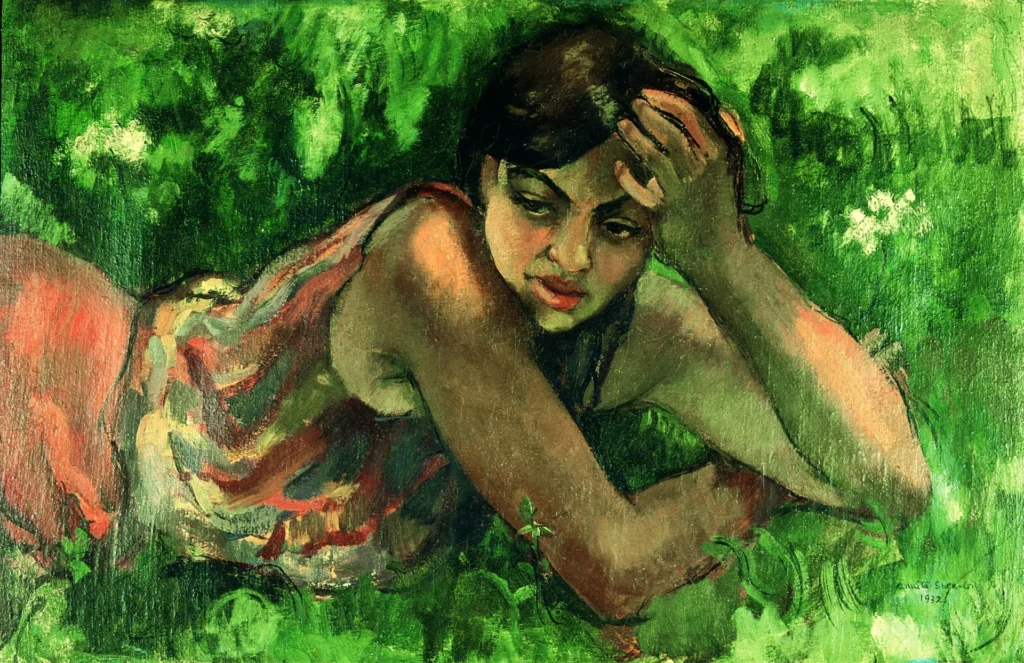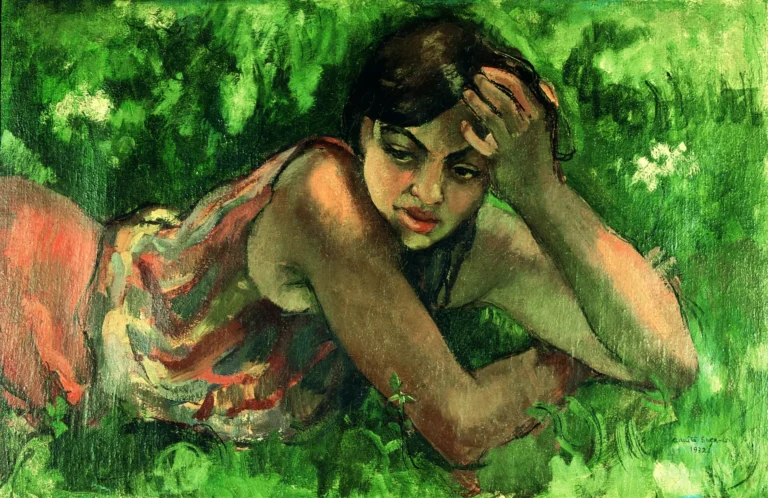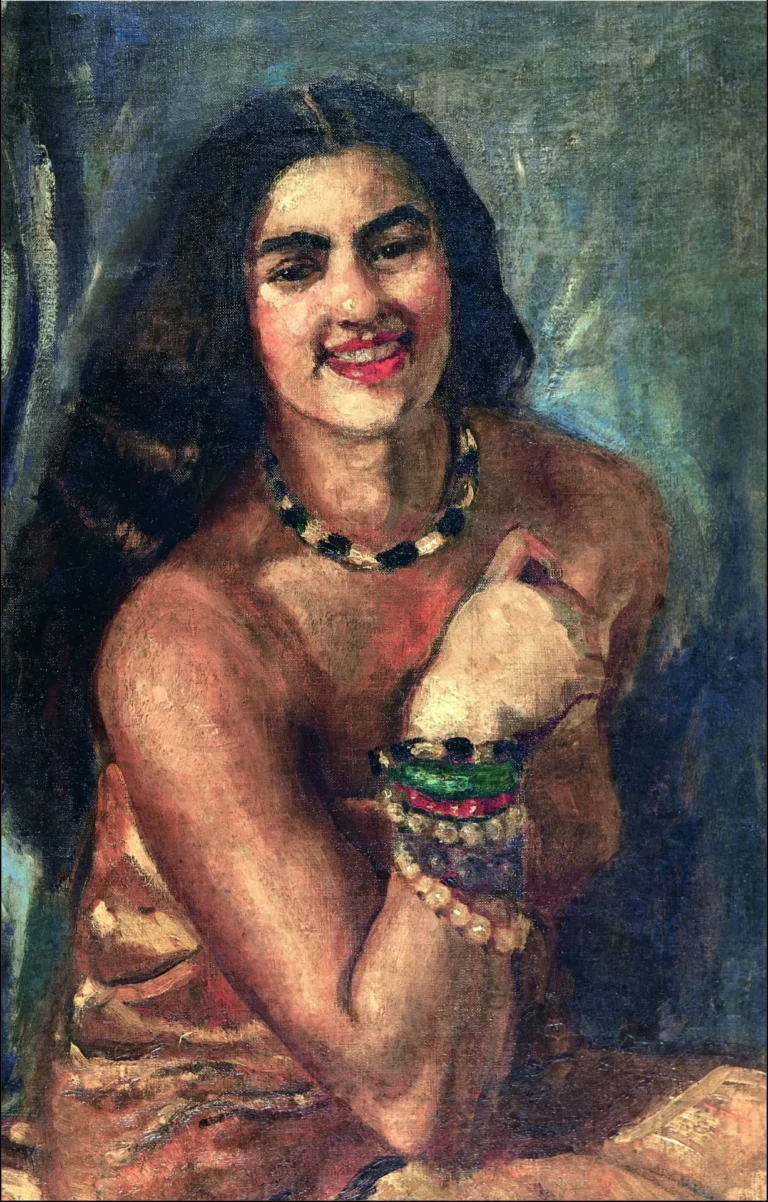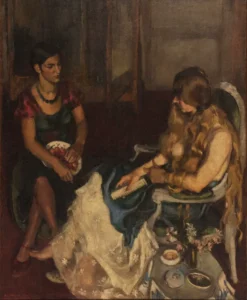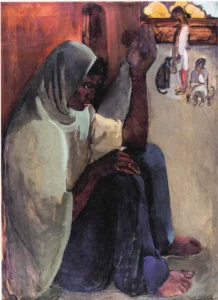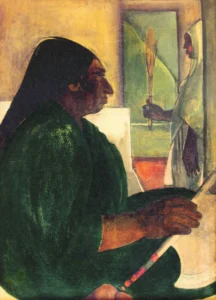Hungarian Gypsy Girl
Amrita Sher-Gil's Hungarian Gypsy Girl is an exquisite oil on canvas painting completed in 1932. Measuring 82 cm by 54 cm, this artwork showcases Sher-Gil's remarkable ability to represent her subjects with dignity and emotional intensity. Set during her summer vacation in the picturesque Hungarian village of Zebegény, the painting features a young Hungarian gypsy girl, bringing together a mix of cultural influence and personal expression. Celebrated for its vibrant colors, it highlights the artist's distinctive style and emotional connectivity, making it a cherished work in the National Gallery of Modern Art.
Year 1932
About the Artwork
The painting Hungarian Gypsy Girl was created during Amrita Sher-Gil's travels to Hungary, where she found inspiration in the local culture and its people. The Hungarian village of Zebegény provided her with a rich backdrop and a deep connection to the gypsy community. Sher-Gil's interaction with the locals and her dedication to portraying their lives led her to create this poignant piece. The painting embodies not only her artistic prowess but also her desire to highlight the dignity and essence of her subjects. It reflects a moment in time where Sher-Gil's artistic journey was a blend of European influences and Indian roots, solidifying her role as a pioneering figure in the world of modern art.
Did You Know
Amrita Sher-Gil is celebrated for her role in shaping modern art in India and is often referred to as the first modern woman artist of the country, making significant contributions that blended Indian themes with Western techniques.
In 2015, Sher-Gil’s painting ‘Untitled (Self-Portrait)’ was sold for over $2 million at an auction, establishing her as the most expensive woman painter from India, a testament to her lasting impact on the art world.
Sher-Gil’s work embodies a unique fusion of Indian and European artistic traditions, as she spent her formative years in Hungary and later pulled from her Indian heritage. This confluence of cultures is a defining characteristic of her oeuvre.




